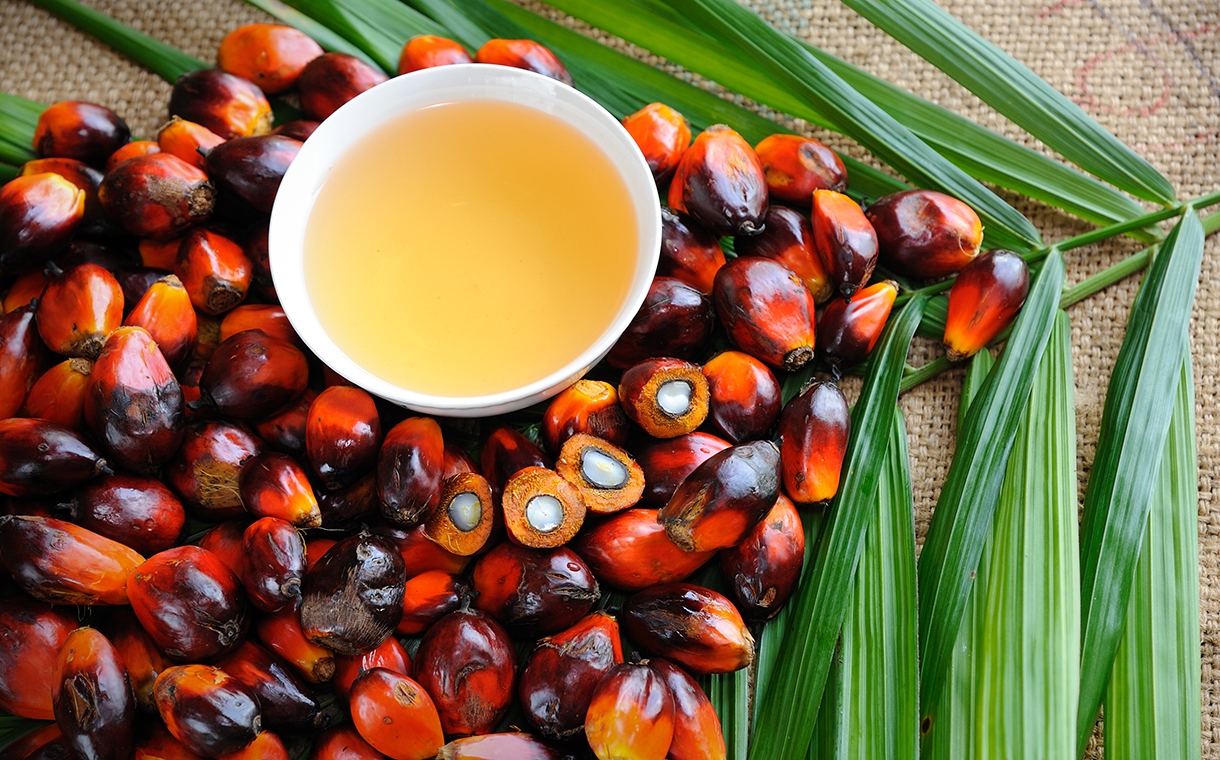KARACHI: The most recent floods in Pakistan adjustments to support prices, cotton crop yield and income are shifting in the agricultural sector. The income per acre of wheat, sugarcane, and basmati rice is anticipated to rise, but cotton crops have been damaged.
Wheat income per acre is anticipated to rise by 26% YoY, according to Engro Fertilisers Limited’s (EFERT) corporate briefing session for the fourth quarter of 2022. According to the Optimus Research report, sugarcane income per acre is also anticipated to rise by approximately 21% annually, while basmati rice income per acre is anticipated to rise by 189% annually.
However, the management anticipates that cotton crop yield earnings per acre will decrease by approximately 12% year over year. Support prices increased from Rs2,200 to Rs3,000 in Punjab and from Rs2,200 to Rs4,000 in Sindh, according to analysts.
Waqas Ghani Kukaswadia, an analyst with JS Global Agriculture Sector, stated in an interview that “The five major crops – wheat, cotton, sugarcane, rice, and maize – account for about 90% of the consumption of fertilizer.” Cotton has a 25% share, while wheat has a 50% share. Although sugarcane has the highest nutrient per hectare of any crop, it has the third highest share.
“Farm economics is expected to improve for wheat going forward due to better grain prices,” stated Ghani, referring to the Sindh Food Department’s announcement of a support price for wheat of Rs4,000 per 40 kilograms for the 2023 season.
Cane is also expected to fetch higher prices for growers due to stable sugar prices in the local market. Farm income is anticipated to rise in relation to rice as a result of improved demand-supply dynamics. Because some of the area was affected by flash floods in 2022, the sowing area for the rice crop may also improve in the subsequent cycle.
Ghani explained, “While the contribution of the cotton crop to the country’s GDP is barely 2%,” any damage to cotton results in a lack of local cotton for the textile industry.
He continued, “The sector not only contributes a bulky 8% to the GDP, but the labor-intensive sector also comprises over 60% of the country’s exports.”
The bad weather and floods, especially in Sindh, also had an effect on cotton productivity during the last season.
According to Muhammad Ali Iqbal, President of Concave AGRI, “it is anticipated that earnings per acre for cotton will not see an increase due to poor quality seeds, along with the highest cost of production ever.”
“Moreover, the textile industry will not be able to pay farmers and ginning units on time due to the decrease in textile growth numbers, resulting in a low revenue generation by cotton growers. Additionally, cotton growers will bet on rice in areas like Rajanpur, DG Khan, and Sindh due to the high returns on rice varieties like IRRI-6, IRRI-9, and Kainat,” Iqbal predicted.
Aamir Hayat Bhandara, co-founder of Agriculture Republic, stated that “I don’t understand how farmers’ incomes will increase as input costs have already increased.” DAP costs Rs10,500, diesel has more than doubled in price, and a single bag of urea can be purchased on the black market for between Rs3,200 and Rs3,500. The price of pesticides, labor, and electricity have all increased.




To the btrams.com webmaster, Thanks for the great post!
To the btrams.com administrator, Your posts are always insightful and valuable.
Dear btrams.com administrator, Thanks for the detailed post!
Hello btrams.com owner, Your posts are always on point.
Hi btrams.com webmaster, You always provide great resources and references.
To the btrams.com owner, Thanks for the well-researched and well-written post!
Hi btrams.com owner, Keep sharing your knowledge!
Dear btrams.com webmaster, Keep up the great work!
To the btrams.com admin, Your posts are always well-referenced and credible.
Hello btrams.com admin, Your posts are always well written and informative.
Hello btrams.com admin, Thanks for the well-organized and comprehensive post!
To the btrams.com webmaster, Thanks for the well-presented post!
Hello btrams.com admin, Keep sharing your knowledge!
Hi btrams.com administrator, Thanks for the detailed post!
To the btrams.com webmaster, Thanks for the well-researched and well-written post!
Hello btrams.com admin, Good job!